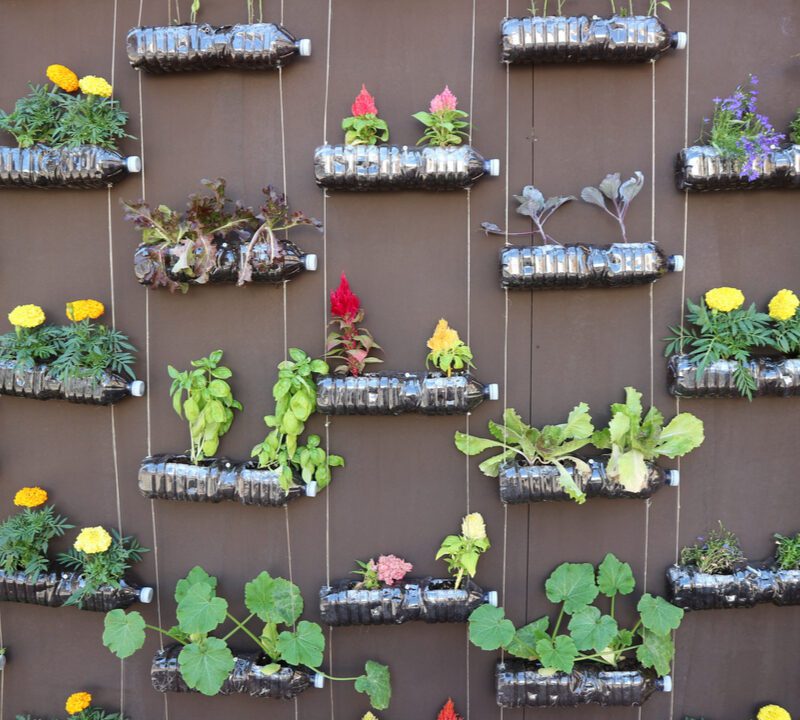- America's #1 lawn care company.
- 225-752-7252
Top Cool-Season Bedding Plants for Louisiana

Create a Stronger Turf With Aeration
September 21, 2020
How to Reduce Allergens in Your Yard this Spring
October 5, 2020Louisiana isn’t lacking in richness. With history and traditions as deep as the roots of the live oaks, indigenous dishes, incessant rhythms of song, and festivals throughout the year suit this historic state. And the agricultural variability is just as lively. Thanks to our deep southern locale, the verve of your yard can continue on through fall and winter. Nonetheless, that doesn’t mean you should be planting spring blooms on Christmas day. To make sure keep up a lively, rich yard all year, here’s our guide to cool-season bed plants in Louisiana.
Pansies
The happy “face” of the famously whiskered, bright pansy makes it a perfect addition to liven up your winter Louisiana garden. They are reported as some of the most hardy, or winter-resistant, species of plants. Beyond being reliable, pansies are available in a rainbow of colors. We suggest combining a few shades in a plant bed with snapdragons as backdrops, which are just as profuse in the cold and put on a grand show in spring. Alternatively, spruce up an entryway with a potted collection of pansies, as they grow very well in containers.
Sorbet
Sorbet violas are like dessert for your yard, sweetening up the entire landscape with a rush of oranges (and yellows, purples, and blues). Dubbed as one of Louisiana’s Super Plants by the LSU Ag Center and cousin to the pansy, violas are more compact growers with blooms roughly half the size. Working in your favor, sorbet violas produce a higher quantity of flowers than pansies. They are dependable survivors of adverse weather like snow, rain, cold, and heat. When other winter bed plants are sweating to death (literally) in May, sorbet violas are likely to still be in bloom.
Dusty Miller
Dusty Miller is to the garden as a cajun spice is to Louisiana food: it goes well with everything. If you want an easy-to-grow, cold weather withstander with a silver tint that’s almost incandescent, this is it. Best for sizable plant beds, this beauty needs ample sunlight and 8-12 inches of vertical space. Try using Dusty Miller to add contrast, texture, and interest to a bed that already has a variety of plant colors.
When Should You Plant?
Successfully producing winter and early spring blooms isn’t rocket science, but it does require a bit of research. That’s because every cool-season bed plant is different. Be sure to find out what kind of light and spacing plants needs before you drop dollars at the local nursery. To help you figure out the basics, use this guide. Typically, late October to early November is best for cool-season plants in Louisiana, but check with your local garden center to be sure.
How to Make Plants Last Longer
The plants listed above are just a minute selection of the possibilities available for cool-season bedding designs in Louisiana. We love them because they are proven performers in the cooler months. But that doesn’t mean they don’t need care to stay strong in the midst of dropping temperatures and harsh weather. To grow terrific plant beds that are as hardy and lasting as they are easy on the eyes, you’ll need to tend plants after installation. Be sure to fertilize, use proper weed prevention and post-emergent control, irrigate regularly, and monitor the soil pH to enjoy your plants as long as possible.
Request your free quote today!



